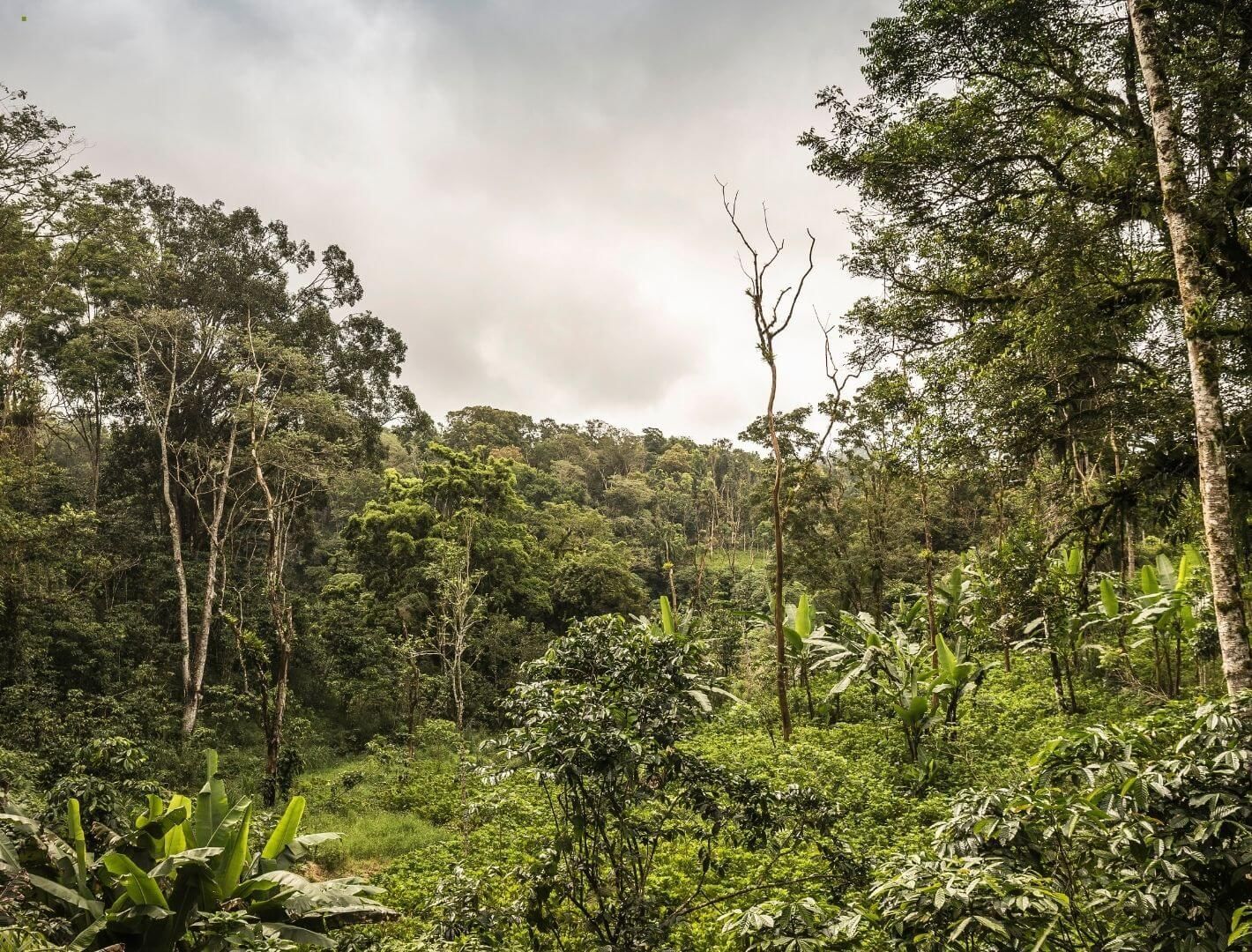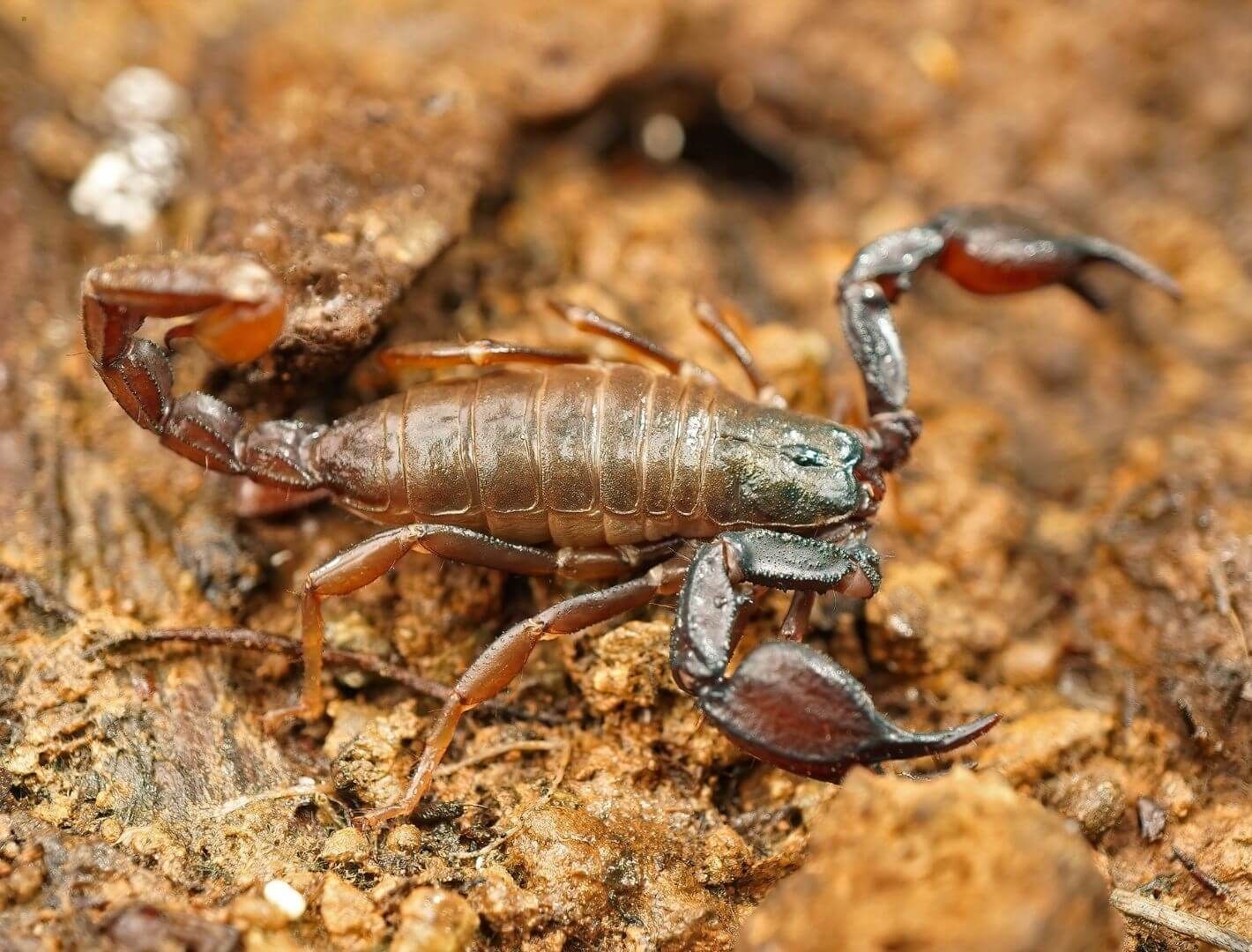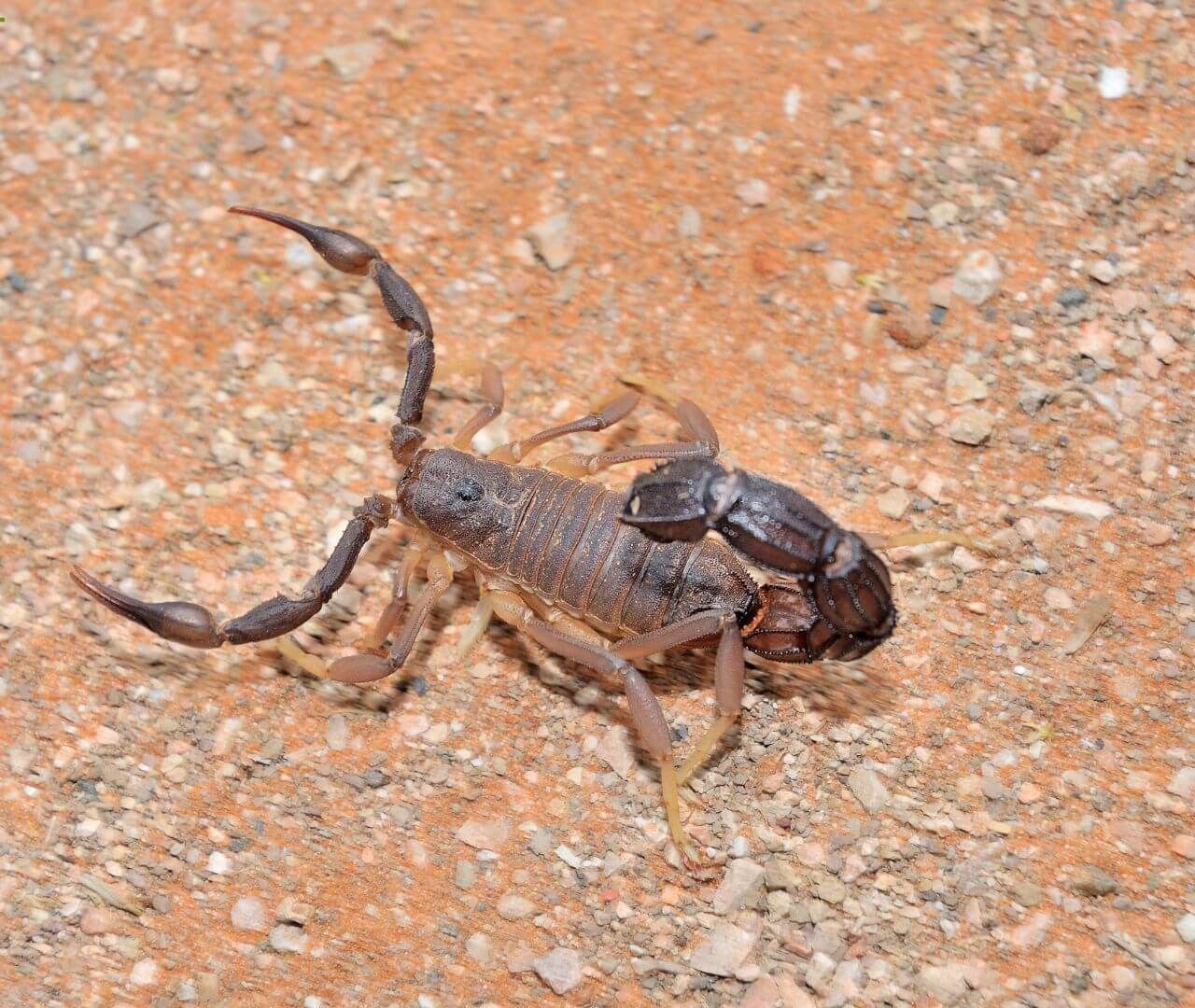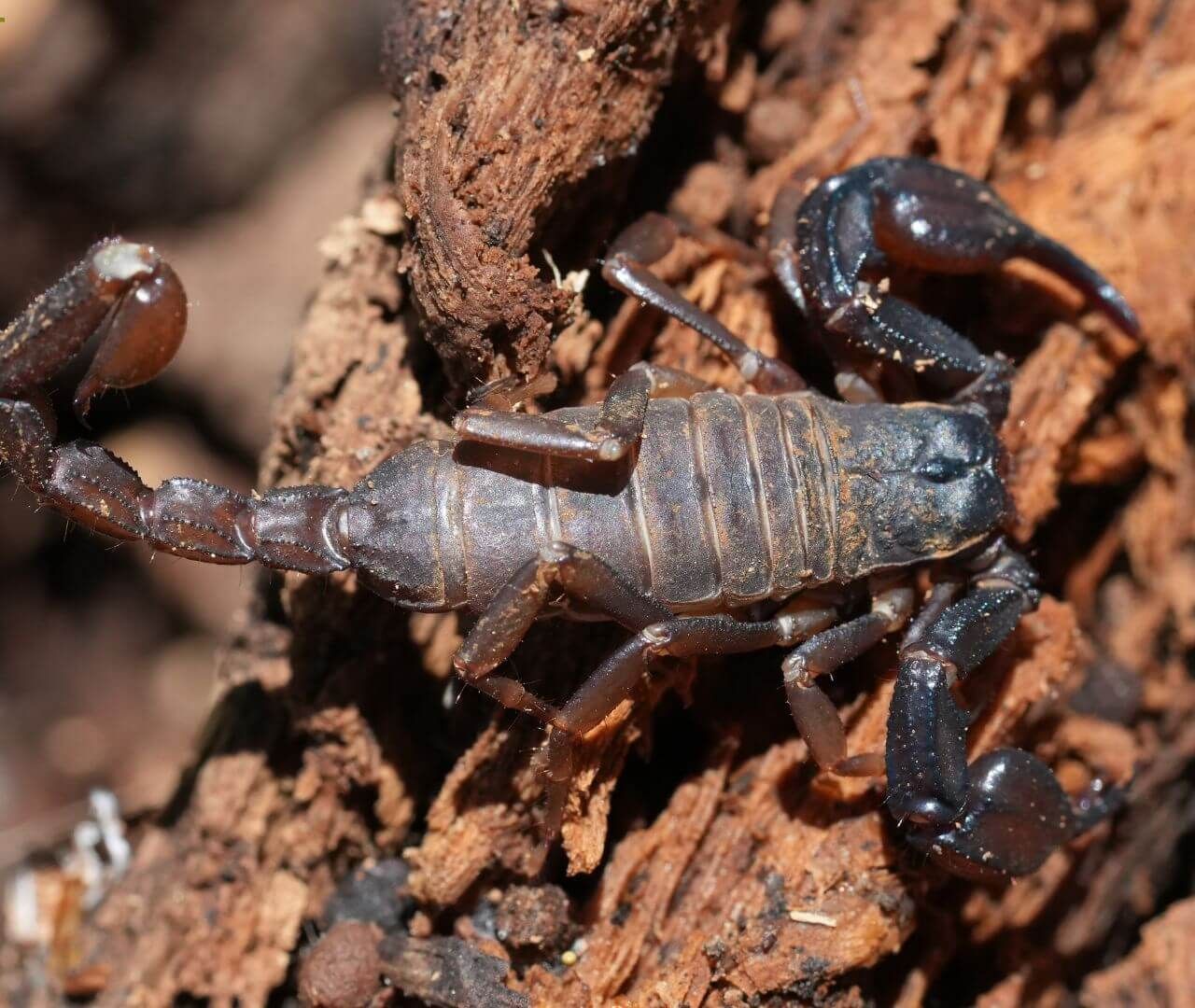Scorpions

Let's Learn About Scorpions
Word of the Week
Telson
A telson is the last segment of a scorpion's tail where they produce venom.
Other animals, like horseshoe crabs, also have parts called telsons.
Fast Facts
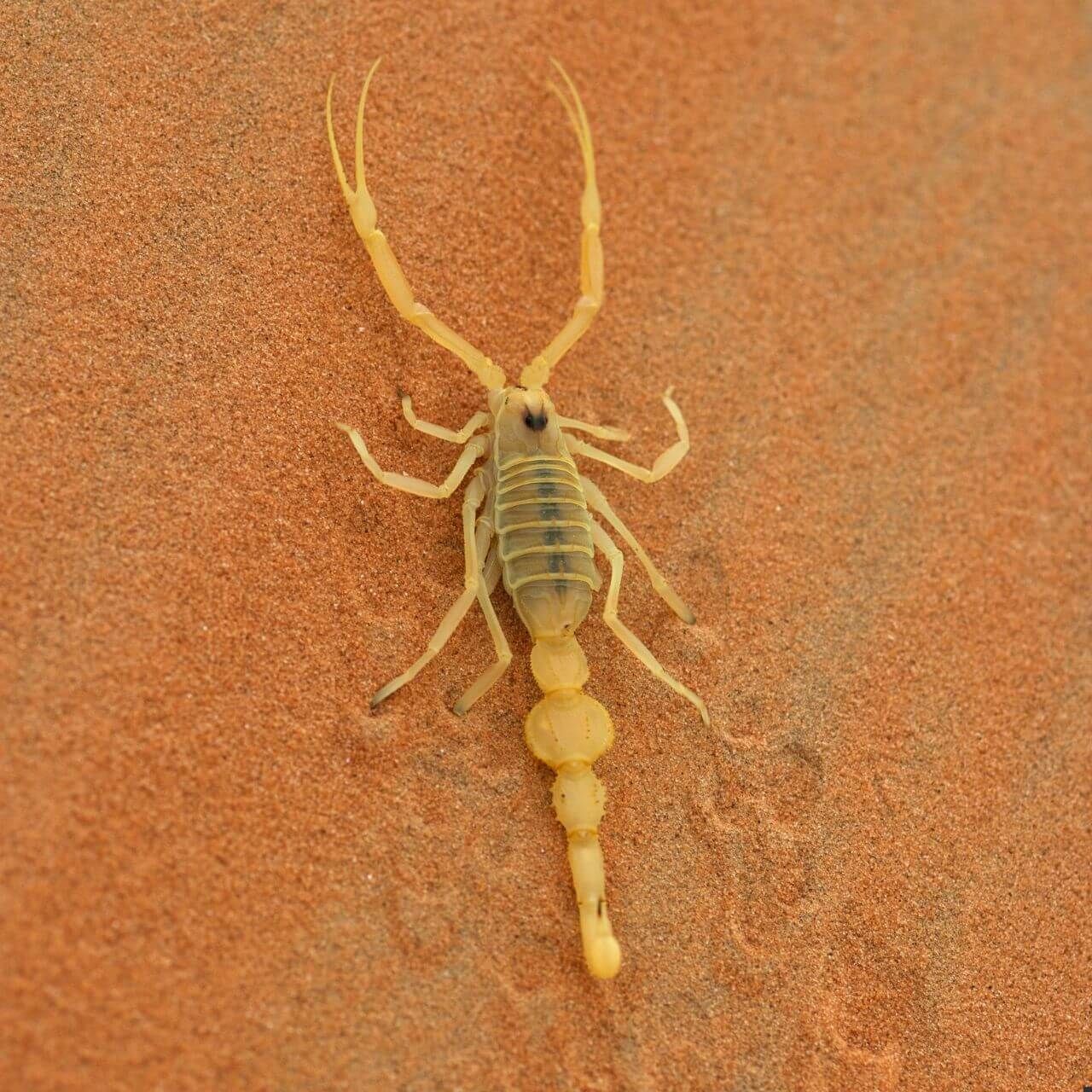
Where do scorpions live?
Scorpions live on every continent except Antarctica.
They are most common in warm, dry ecosystems, like deserts. They can be found in most other ecosystems, like forests, savannas, and grasslands. They do not live in the Arctic tundra.
What do scorpions eat?
Scorpions are carnivores, meaning they eat meat.
They commonly eat insects and other invertebrates, like worms, millipedes, and spiders. Larger scorpions also eat small vertebrates, like lizards, snakes, and rodents.

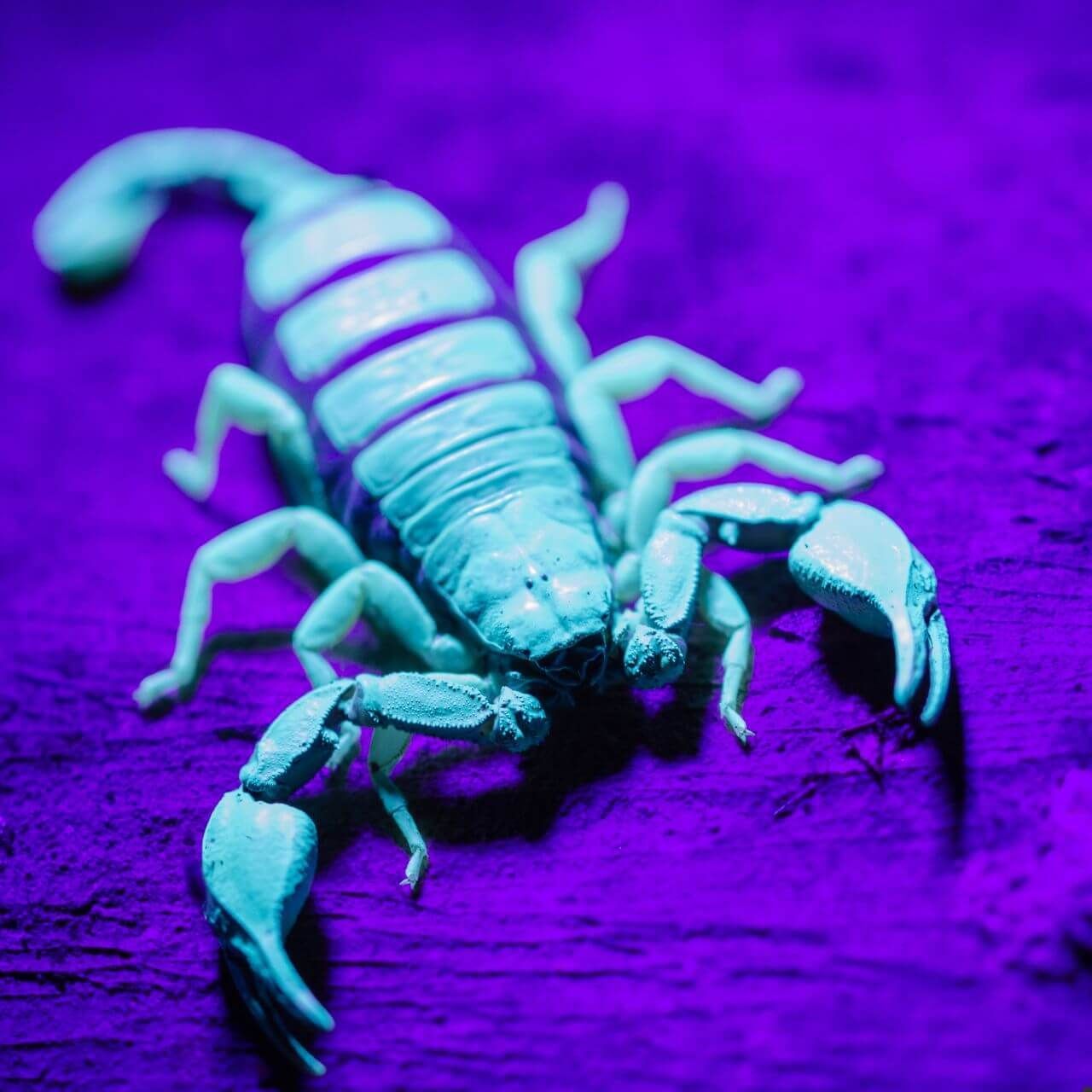
What do scorpions have in common?
Scorpions have many traits in common, such as...
- A venomous stinger.
- Pincers.
- A hard exoskeleton that is biofluorescent.
- Eight legs and several eyes.
How many scorpions are there?
There are more than 2,500 identified species of scorpions. New species are discovered regularly.
Most scorpions are not endangered. However, some species are threatened by habitat loss and pesticides. Scorpions are also commonly killed by people who find them in homes, schools, and other buildings.
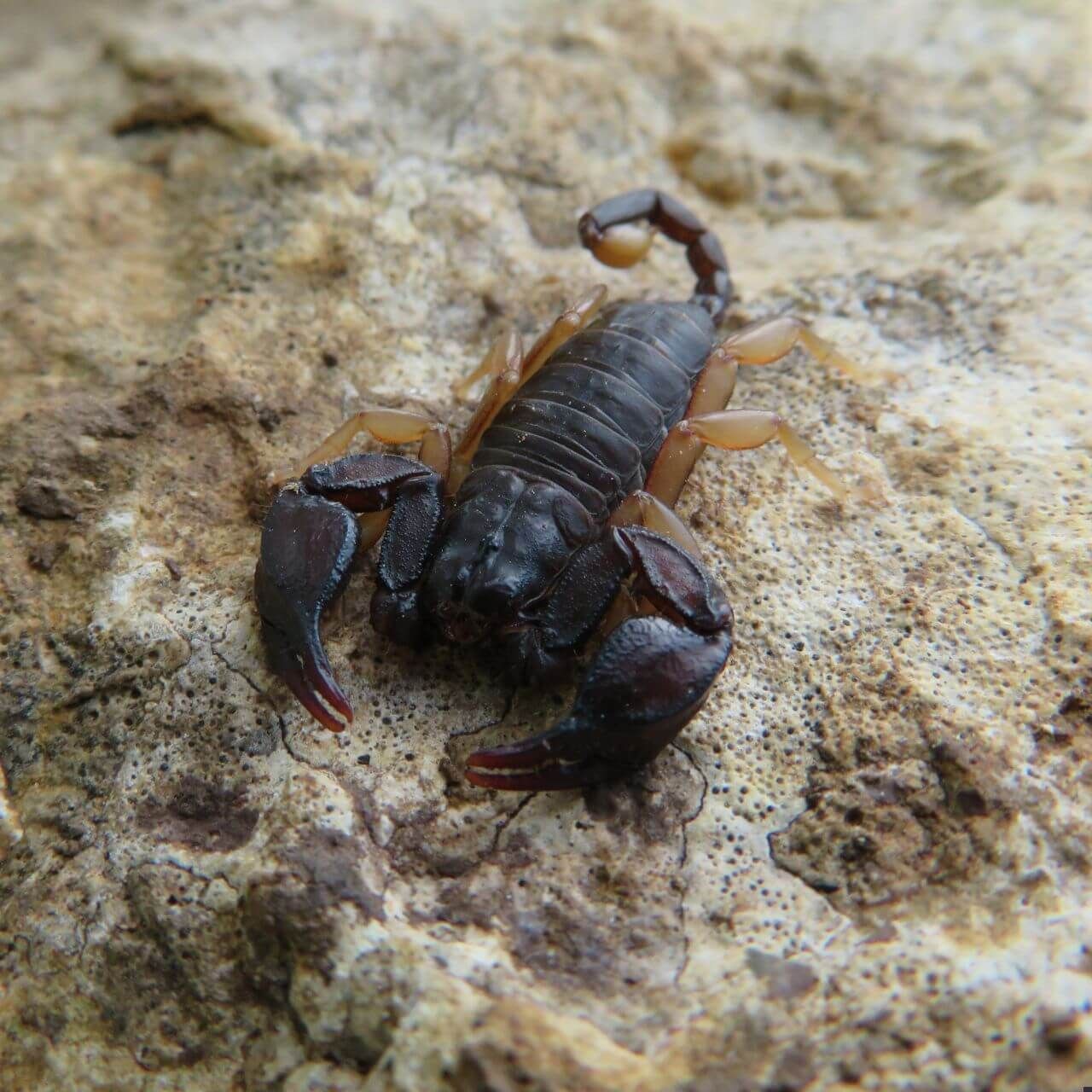
Species Spotlight
Arizona Bark Scorpion
Centruroides sculpturatus
Small but mighty, the Arizona bark scorpion is one of the most dangerous scorpions in the United States. They are one of ~100 species of bark scorpions, which live in warm, dry ecosystems across North and South America. The Arizona bark scorpion lives in the Sonoran Desert in the southwestern United States and Mexico.
During the day, Arizona bark scorpions hide under tree bark, palm fronds, or underground. They emerge at night when the temperature cools. Their small, brown bodies are perfectly camouflaged in the dry, brown desert. Yet predators like bats, owls, lizards, and spiders still manage to find and hunt them. If spotted, Arizona bark scorpions rely more on their venomous stinger than their small pincers.
Like most scorpions with small pincers, Arizona bark scorpions have highly toxic venom. It can be deadly to predators and prey. On small animals, like the beetles, spiders, and other invertebrates they eat, the venom kills quickly. For large animals, including humans, stings from the Arizona bark scorpions are rarely deadly. Stings typically cause pain, numbness, and tingling for more than a day.
Stings from Arizona bark scorpions are common, especially around large cities. Cities like Phoenix and Tucson were built in the middle of the Arizona bark scorpion habitat. Here, they often end up inside houses, schools, and other buildings because they can squeeze through tight spaces. Scorpions are usually killed out of fear when spotted, which harms their population. The best way for humans to protect themselves and scorpions is to properly seal buildings to prevent scorpions from entering.
Conservation Corner
Scorpion Exploration
Each year, thousands of new plants and animals are discovered. Scientists estimate there could be millions that have not yet been discovered, especially in the deep sea, barren deserts, and dense rainforests.
Scientists currently estimate there are about 2,500 species of scorpions. Most scorpions live in desert and rainforest habitats, many of which are just starting to be explored.
In mid-2025, a group of rangers and community members set out to patrol the rainforests of Honduras, a country in Central America. While patrolling, they discovered a brown, 1.5-inch-long scorpion. After thorough research, scientists identified this scorpion as a new species. They named it the Lenca scorpion after the indigenous Lenca people in Honduras.
The mission of these patrols is to keep the forest safe from fires and poachers. They also give scientists and local people the opportunity to explore and study native plants and animals. These patrols not only protect the forest but also make discoveries possible. Rangers are paid by conservation organizations, like the World Land Trust. These programs help communities make money without selling wood or wildlife from the forest. You can contribute to new discoveries by supporting the organizations that support exploration.
Learn More!
Glossary
Adaptation
The process by which a species becomes more fit for its environment over the course of several generations. It is a result of natural selection.
Antivenom
A medication used to minimize the effects of venom from animals like scorpions, spiders, and snakes.
Arachnid
A class of invertebrates with 2 body segments and 8 legs that lacks antennae and wings.
Biofluorescence
The emission of light after exposure to wavelengths of radiation, such as ultraviolet rays or X-rays.
Camouflage
The ability for an organism to blend into its surroundings usually to hide from prey or predators.
Carnivore
An animal that primarily eats meat.
Exoskeleton
A hard exterior that supports and protects many species of invertebrates.
Invertebrate
An animal that has no bones.
Molt
The process of an invertebrate shedding its exoskeleton.
Nocturnal
To be most active at night-time.
Offspring
An animal's baby or young.
Predator
An animal that hunts other animals for food.
Prey
An animal that is hunted and eaten by another animal.
Setae
Hair-like structures used by some invertebrates to detect vibrations.
Species
A closely related group of animals with similar characteristics that are capable of reproducing (example: tigers).
Telson
The last abdomen segment of a scorpion, horseshoe crab, or other arthropod.
Venom
A toxin that is injected into prey through teeth or a stinger.



